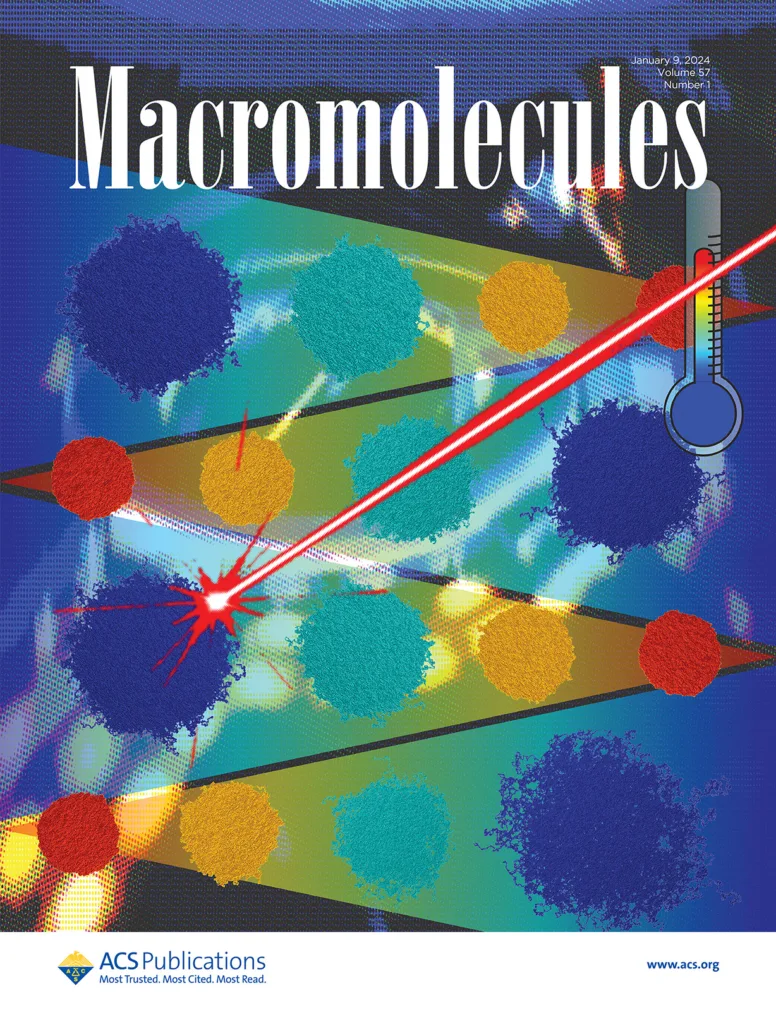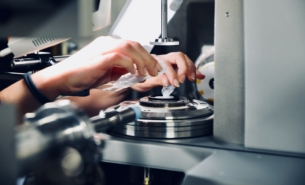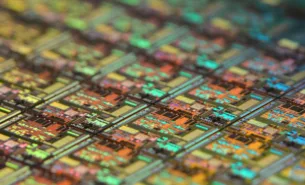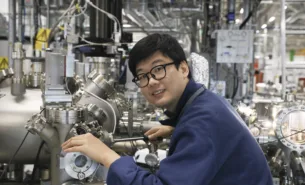Microgels are versatile soft colloids used for example as pharmaceutical carriers or for sensing applications. In a recent study, X-ray methods are used to uncover details about their properties to open ways for further optimisation.

Microgels consist of polymers that are crosslinked and forms a ball somewhat resembling a tiny ball of yarn. The connections of the polymer is initiated by adding a cross-linking agent. A larger amount of cross-linking agent results in a more tightly-knit ball. The polymer can also be functionalised to be sensitive to for example temperature or pH. Understanding such colloids is challenging due to their heterogeneous structure.
A research team from Germany, Italy and Sweden used beamline CoSAXS to investigate the size and structural properties of thermoresponsive poly(N-isopropylacrylamide) (PNIPAM) microgels presenting different degrees of crosslinking as function of the temperature.
“Our study presents a detailed characterisation of thermoresponsive microgels, primarily utilising a combination of scattering techniques and numerical simulation. The outcomes of our results are anticipated to contribute to the rational design and modeling of such microgels,” says Prof. Jérôme Crassous, one of the studys’ authors.
PNIPAM microgels swell at lower temperature. When it becomes warmer it pushes out liquid that was trapped inside it, making it interesting for pharmaceutical delivery systems. The researchers investigated different crosslinking conditions for the microgels and saw that even if they were structurally different and despite their structural heterogeneities, their composition and swelling can be rationalized with ideal system theory.
“This similarity can be easily understood by considering the reactivity of the monomer and crosslinker during synthesis. While the behavior is well-anticipated by classical theory, it was surprising that this connection had not been previously established for such systems,” concluded Prof. Crassous.




